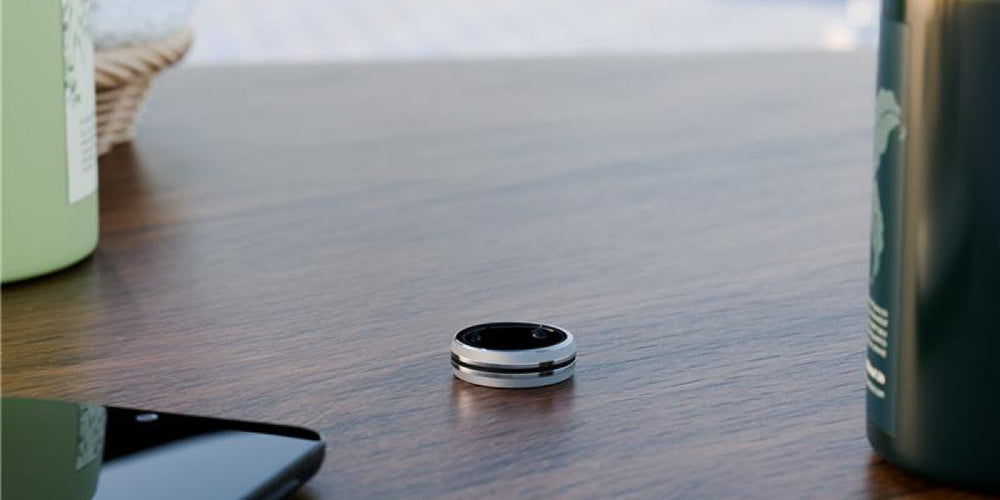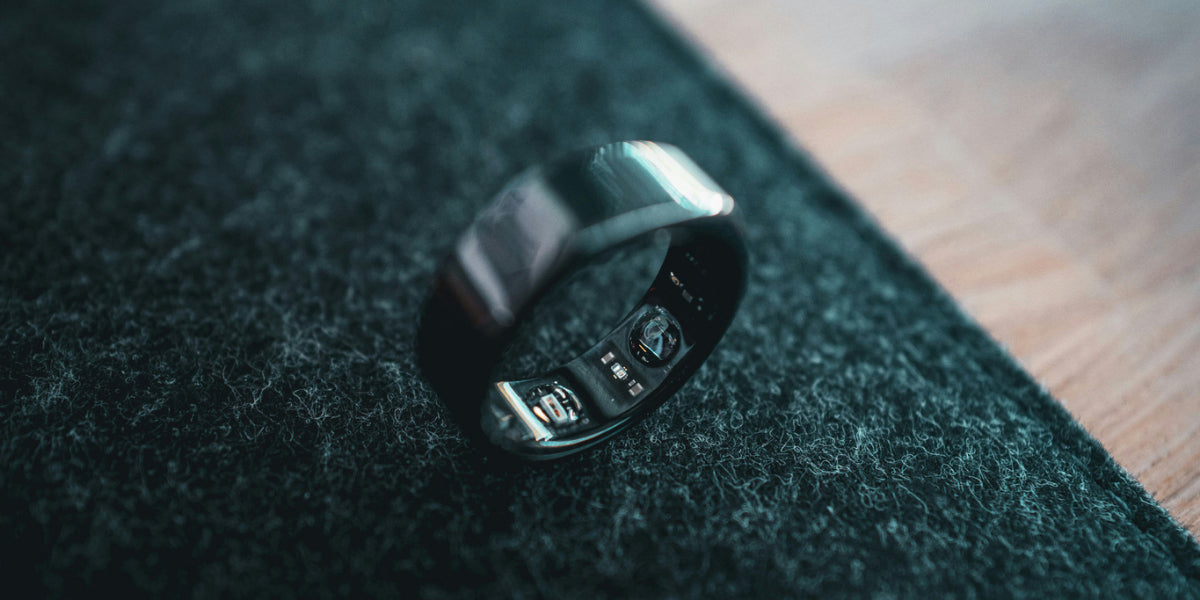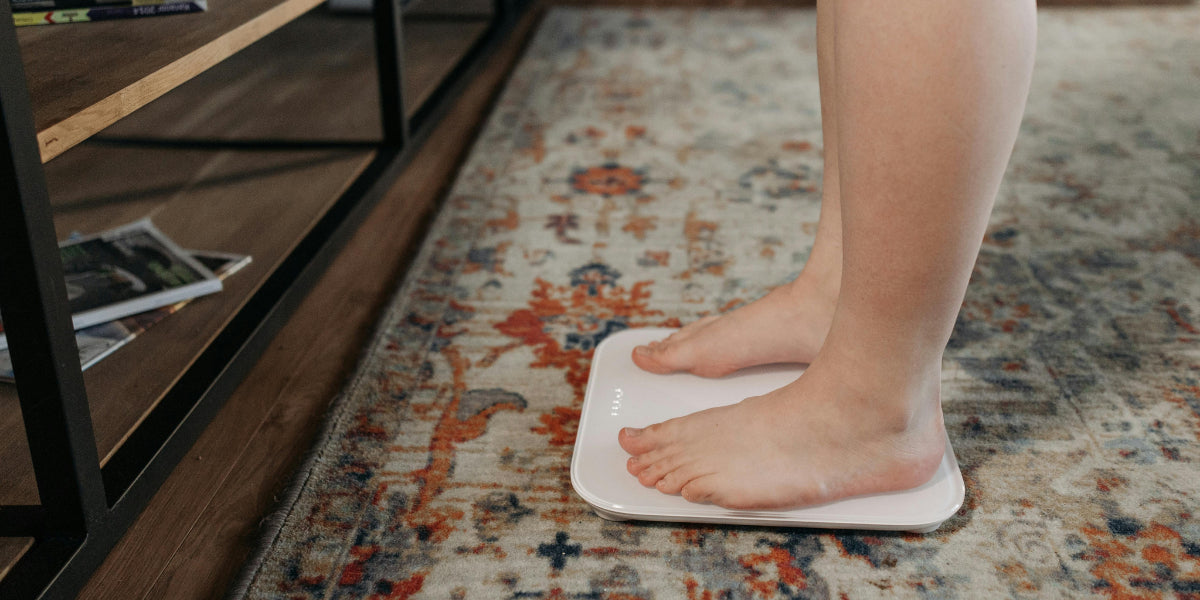Can Your Smart Ring Handle a Swim? What You Need to Know!

Stay tuned to our latest news
Waterproofing in electronics is often misunderstood, and knowing about IP ratings can clarify a lot. These ratings determine just how much water and dust resistance a device can handle, offering peace of mind when you're near water. When it comes to smart devices, especially the wearable ones, it's important to know their specific attributes.
Whether you're an avid swimmer or just enjoy the occasional splash, the ability to wear your smart ring without worry is invaluable. Therefore, let’s explore the waterproof capabilities of smart rings, look into LYNX’s features, and provide practical tips for enjoying water activities with your smart companion.
What Does Waterproof Mean for Wearable Devices?

Waterproofing in wearable technology is a crucial factor that determines how a device can be used in everyday life. The term "waterproof" often brings to mind a device that can withstand any form of moisture exposure without damage. However, in the world of wearable devices such as smart rings, this is typically not the case. Many smart rings are designed to be water-resistant rather than fully waterproof. This means that while they can handle exposure to water during activities like handwashing, showering, or light rain, they may not be suitable for intense water activities such as scuba diving or extended periods underwater. This distinction between waterproof and water-resistant makes it essential for users to learn about it to help them better care for their devices and avoid scenarios that might lead to water-related damage.
What are IP Ratings?
IP ratings, or Ingress Protection ratings, serve as a standardized method to measure how well a device can resist intrusion from solid particles like dust and from liquids like water. Introduced by the International Electrotechnical Commission (IEC) in 1976, these ratings consist of two digits. The first digit quantifies the level of protection against solids, while the second indicates resistance to liquids. An exemplary IP68 rating indicates that a device is both fully resistant to dust and capable of withstanding continuous immersion in water without suffering damage.
Despite their importance, IP ratings focus solely on environmental factors like water and dust. They do not provide information about susceptibility to physical impacts or the potential deterioration of waterproofing materials over time. For instance, while understanding the IP rating helps gauge how the LYNX Smart Ring can manage everyday water exposure, it doesn’t necessarily indicate how resilient it is to conditions like cryotherapy tanks or ice baths. Therefore, consulting the manufacturer’s guidelines and understanding IP ratings can help users maintain their devices effectively.
Is LYNX Smart Ring Waterproof?
Given how IP Ratings work, you might be wondering if RENPHO’s smart ring is waterproof, or at the very least, water resistant. The LYNX Smart Ring is designed to withstand everyday water exposure, making it a versatile choice for active individuals. It features an impressive IP rating, which denotes its capability to handle water exposure typical in daily life, such as handwashing or rain. This rating ensures safety from accidental contact with water, important for maintaining its battery life and sensor functionality.
To clarify LYNX's water resistance, here's a quick breakdown:
|
Water Activity |
Suitability |
|
Handwashing |
Safe |
|
Rain |
Safe |
|
Bathing |
Limited |
|
Swimming (surface) |
Avoid |
|
Scuba Diving |
Avoid |
While LYNX is robust against everyday water exposure, it is not suitable for extended periods submerged in water or high-pressure scenarios, like scuba diving or recreational diving. Excessive water exposure can lead to potential battery damage and reduced sensor effectiveness.
For those invested in tracking metrics like heart rate variability, sleep patterns, and body temperature, using the LYNX Smart Ring properly ensures accurate readings. Regularly drying the ring after exposure to water can also prevent issues, preserving its functionality for activity tracking and monitoring heart rate and menstrual cycle trends.
Why Wear a Smart Ring While Participating in Water Activities?

Smart rings offer significant advantages when it comes to tracking health metrics during water activities. With their water-resistant design, these rings are suitable for daily water exposure, including showers, swimming, and rain. However, they are not fully waterproof, so it's advisable to avoid extremely high-pressure environments or prolonged submersion exceeding 12 hours.
The LYNX Smart Ring is capable of tracking key health indicators such as heart rate, sleep patterns, and heart rate variability even during aquatic exercises. This makes it a valuable accessory for those interested in monitoring their fitness in real time without having to remove it for most water-based activities.
When it comes to water exposure, it's important to understand the balance between taking advantage of its features and ensuring the longevity of the device. Keep in mind that activities such as recreational diving or scenarios involving extreme temperatures should be approached cautiously to avoid damage.
5 Practical Tips for Using Smart Rings in Water

Using smart rings like the LYNX during water exposure can enhance your daily life without compromising the device's integrity. Here are five practical tips to ensure your smart ring thrives in wet environments:
-
Understand Water Resistance: Most smart rings, including the LYNX, are water-resistant, allowing for everyday water exposure such as handwashing or showers. However, avoid recreational diving and extreme pressures.
-
IP Rating Awareness: Consider the smart ring’s IP rating to understand its durability against water. Use it confidently in warm water, but avoid extended exposure beyond 12 hours.
-
Temperature Range Consideration: The LYNX functions efficiently between -10 to 52 degrees Celsius. This range supports short-term use in environments like ice baths or hot tubs.
-
Avoid Battery Damage: Long submersion in water might impact battery life. Always ensure the ring is dry before charging to prevent battery damage.
-
Activity Tracking Advantages: Utilize water resistance to monitor activities in water safely. Check battery levels post-activity to maintain optimal function.
Takeaway
Understanding the water resistance of wearable devices like the LYNX Smart Ring is essential for maximizing their functionality while enjoying water activities. While the LYNX offers a robust level of protection against everyday water exposure, it is important to recognize its limitations. Proper care, such as avoiding prolonged submersion and being mindful of temperature extremes, will help preserve the integrity of the device.
Additionally, by adhering to the practical tips provided, users can confidently engage in various activities without the constant worry of damaging their smart ring. Ultimately, the right knowledge and precautions will allow you to enjoy the benefits of tracking health metrics seamlessly, even in wet environments. Embrace your active lifestyle, knowing that your smart companion is equipped to keep up with you—just remember to treat it with the care it deserves!
RENPHO Health Tips
-

The Hidden Benefits of Wearing a Smart Ring: Beyond Health Metrics
April 11, 2025
Read more >
-

Top Reasons to Choose a Smart Ring Over a Smartwatch in 2025
April 3, 2025
Read more >
-

Smart Scales and Health: Are They Safe for Everyday Use?
March 24, 2025
Read more >
-

Thumb vs. Finger: Where Should You Wear Your Smart Ring?
March 24, 2025
Read more >
-

Air Purifier Cleaning: Keeping Your Home Fresh and Healthy
March 18, 2025
Read more >





